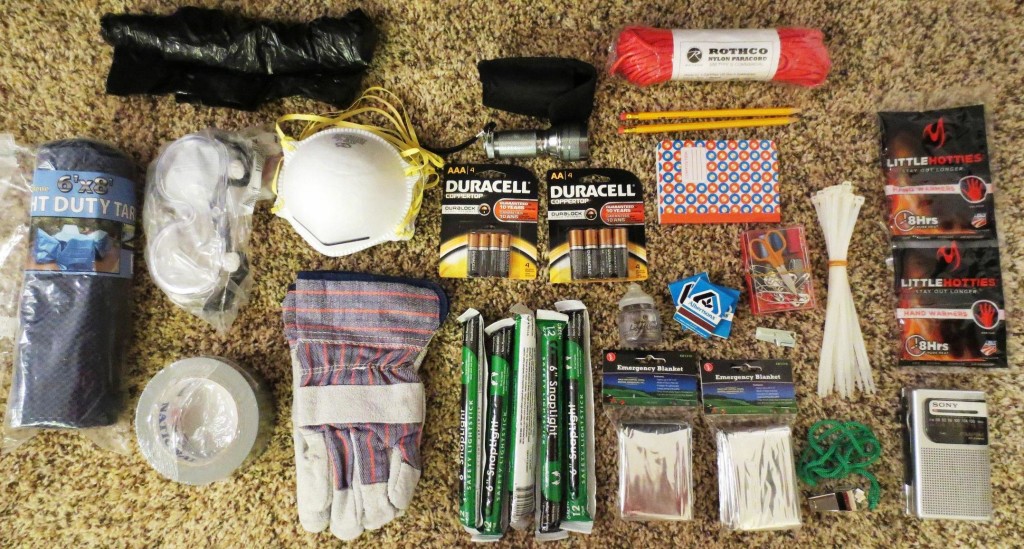The cost of using an air ambulance in Saskatchewan is going up.
Right now, it costs $350 for a flight. Starting July 1, taking a fixed wing or STARS air ambulance will cost between $350 to $385. Increases will continue over the next two years and by April 1, 2018 the cost will be $465.
Fees will increase 10 per cent and $1 per mile for third-party insurers and people from out-of-province.
“Each year, as part of the budget process, we clearly look at our expenditures for delivering the programs and services we provide to residents of the province,” said Deb Jordan, executive director of acute and emergency services for the Ministry of Health.
Over the 2015-16 fiscal year, the province gave $14 million in operating funding to Saskatchewan Air Ambulance, which offers fixed-wing services out of Saskatoon. Another $10.5 million was given to STARS.
Through fees, the province recouped $1.7 million in that time and is thus able to boast of covering roughly 93 per cent of the total cost.
The government will gain $311,250 in additional revenue in 2016-17 from the changes.
By the time all the increases are phased in, government will still be covering about 90 per cent of the total cost.
Inflation, increased salaries for aviation staff and clinical care teams and changes to federal regulations requiring two pilots instead of one on fixed-wing flights were all rationales for the larger fees.
About 900 Saskatchewan residents use air ambulance services each year and another 725 people each year are paid for by non-residents and third-party insurers.
“This government shouldn’t be putting more barriers up for people to receive health care,” said NDP health critic Danielle Chartier
Jordan said the cost had not been raised in more than 15 years and “it was timely to take a look at the charge associated with the service.”
With a deficit budget expected to come out just a month before the increase kicks in, Chartier said people are very concerned over the upcoming budget.
“This is an indication of what’s to come, that people in Saskatchewan will be footing the bill for mismanagement for years to come,” she said.
Dean Becker from Rocanville is simply grateful the service exists. Twice he was flown from Moosomin to Regina knocking on death’s door.
“Everybody thinks it never happens to you, either. I was bulletproof until it happens,” he said.
Of the added price, Becker said it doesn’t matter.
“It’s an essential service,” he said. “You’re going to pay it anyways.”
Chartier pointed out Saskatchewan is the only province charging patients for ambulance transfers between facilities and one of the only provinces charging per-kilometre fees on top of the basic rate.
She said the province has mismanaged health care priorities.
With ground ambulances there are known cases of people refusing a ride because of the payment. That’s a less likely scenario with air ambulances because they are used in “critical care” situations – often a matter of life and death. Being able to afford the higher payment is another issue.
“(People) will get a bill, and there will be people who will not be able to afford this bill,” said Chartier.
dfraser@postmedia.com
Twitter.com/dcfraser



 Did you catch the line second from the top? It’s the most important detail on the loadout document – the date. This helps you remember when the bucket was put together so you can keep track of all your expiration dates. A good emergency kit can easily last 5 years or more, but not everything inside will be good for that long and may need to be replaced periodically. For example, an EpiPen – they only last about 20 months from the day they are made. Replacing an expired EpiPen could be a life or death matter!
Did you catch the line second from the top? It’s the most important detail on the loadout document – the date. This helps you remember when the bucket was put together so you can keep track of all your expiration dates. A good emergency kit can easily last 5 years or more, but not everything inside will be good for that long and may need to be replaced periodically. For example, an EpiPen – they only last about 20 months from the day they are made. Replacing an expired EpiPen could be a life or death matter!


